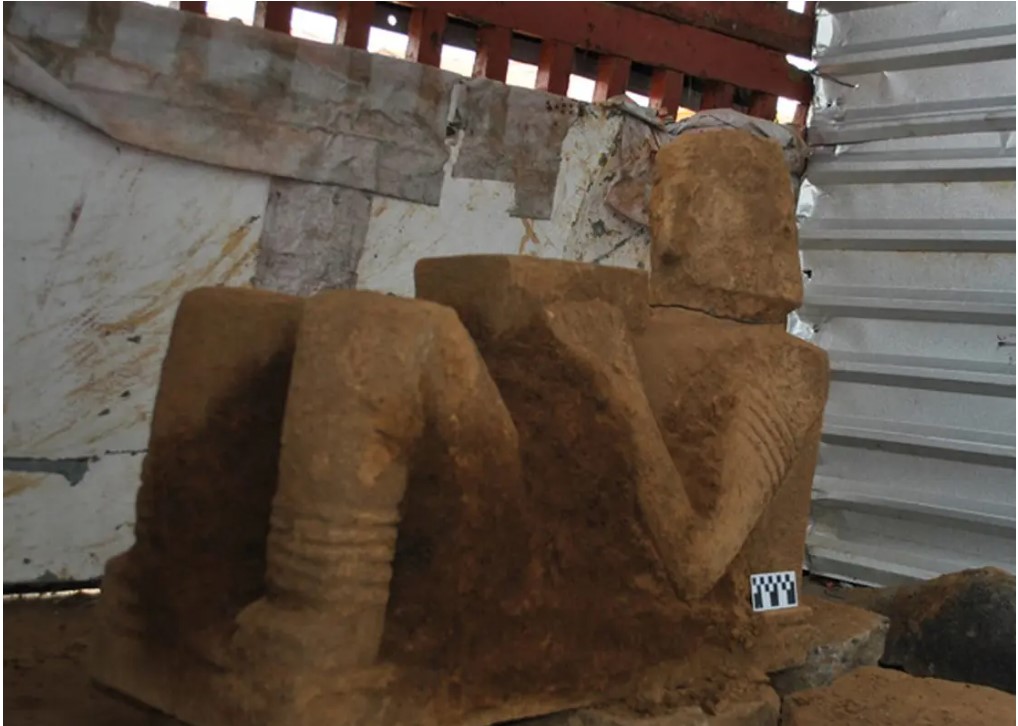According to one study, the usage of bone tools to make clothes goes back 120,000 years.
The development of clothes was a watershed moment in human history. However, because furs and other organic materials used to construct clothes are unlikely to have been preserved in the archaeological record, the origin of clothing remains unknown.
New research headed by paleoanthropologists at Arizona State University shows what may be the earliest evidence for clothes, reaching back as far as 120,000 years.
The research, which was funded in part by the National Science Foundation and published in iScience, describes discoveries made in 2011 in Contrebandiers Cave in Morocco. More than 60 bone tools were discovered, as well as one fashioned from the teeth of a cetacean, such as a whale, dolphin, or porpoise.
The researchers discovered carnivore bones with cut marks among the millions of bone fragments discovered in the cave, suggesting that the bones were skinned for fur rather than processed for meat. The tools and skinned bones, when combined, give evidence for arguably the oldest garment in the archaeological record.
Archaeologists think that the development of clothing enabled early people to expand their niche outside Pleistocene Africa into new settings with new ecological difficulties.
“The research highlights the relevance of a Pan-African role in the evolution of human cultural complexity and helps to show how early humans were able to extend to diverse places and environments,” says John Yellen, programme director in the NSF Division of Behavioral and Cognitive Sciences.




